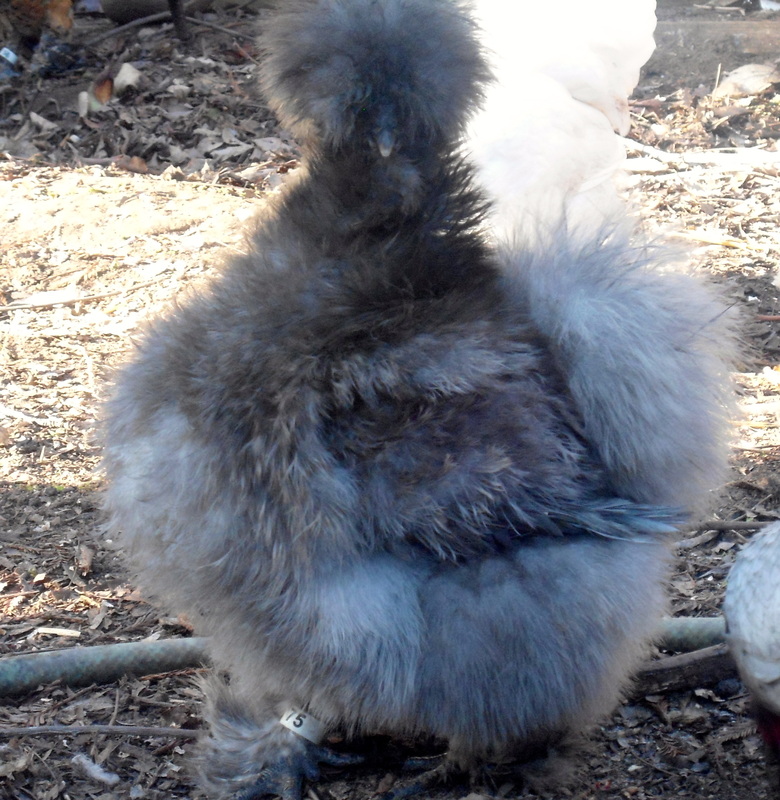About a week ago, our dear half-sizzled, blue Silkie hen passed away. She was approaching two years, and during those years of her life, she weaseled her way into our hearts. We loved all her antics, such as bumping into walls, running into the coop door in her haste to get out, singing the egg song at the top of her lungs to announce, and going broody more than several times.
It was a sad morning when she passed, and since then, her close friend and sister, a black Silkie hen named Mojo, has not been the same. Neither has the coop, for loosing Ember has made all the happy antics of feeding time disappear.
Maybe someday we'll have another blue Silkie hen, but there will never be another Ember.
It was a sad morning when she passed, and since then, her close friend and sister, a black Silkie hen named Mojo, has not been the same. Neither has the coop, for loosing Ember has made all the happy antics of feeding time disappear.
Maybe someday we'll have another blue Silkie hen, but there will never be another Ember.

